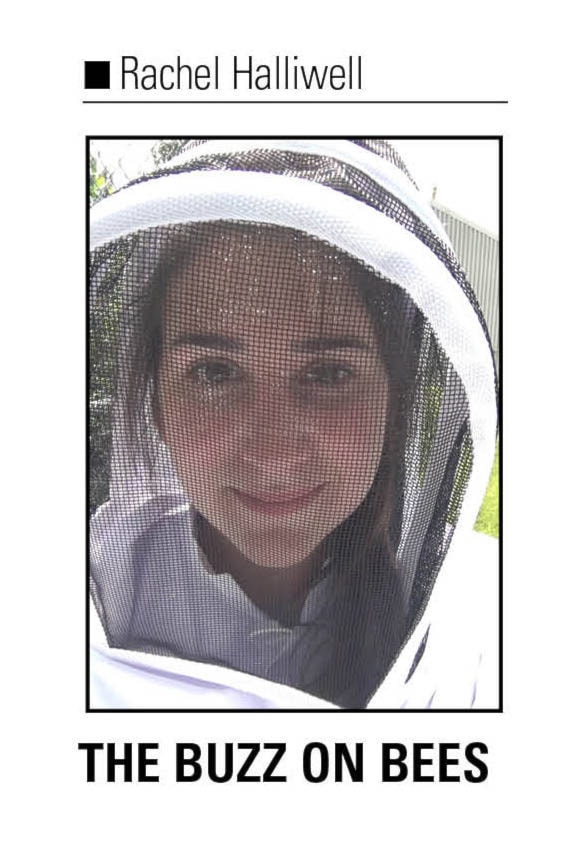Rachel Halliwell
Special to Black Press
Spring has sprung and as our plant shoots begin to emerge so do our local pollinators.
Some of you may have noticed queen bumblebees stumbling around, mason bees emerging from their cocoons or the popular honeybee buzzing from flower to flower. As the sun continues to shine and we continue to plant our favourite flowers, pollinator sightings will only increase.
I’m a beekeeper, and as my fellow beekeepers know, this is the perfect time to order your honeybees. Supporting local apiaries is the best way to acquire local genetic stock (bees that are acclimatized to the Island) and support our community at the same time. For the next month we are expected to be in our first nectar flow. This means that the flowers in bloom are providing our honeybees with sufficient amounts of two very important ingredients: pollen and nectar.
ALSO: Duchess of dirt - Spring finally in bloom
This is the time to ensure our honeybees have enough room to grow in population and enough room to store this sweet reward. By providing an extra box or extra frames in the hive, we give the bees more space and reduce the chances of the feared possibility of swarming. That event when half of your honeybees leave the beautiful home you’ve provided in search of more space - typically the highest branch of your neighbour’s tree.
In order to prevent such an event, more space in the hive is crucial.
I understand that not everyone is able to keep bees, but ultimately the best way to help our pollinators is to plant some of their favourite foods. This way, not only are you helping the popular honeybee, but our native pollinators as well. Some favourite bee foods are: heather, lupine, lavender, allium, lilacs, cosmos, marigold, rosemary and yes, dandelions.
I’d bee happy to answer any pollinator questions: info@homegrownbee.ca
Rachel Halliwell is a Bee Master Certified beekeeper in the Comox Valley. Her website is www.homegrownbee.ca
